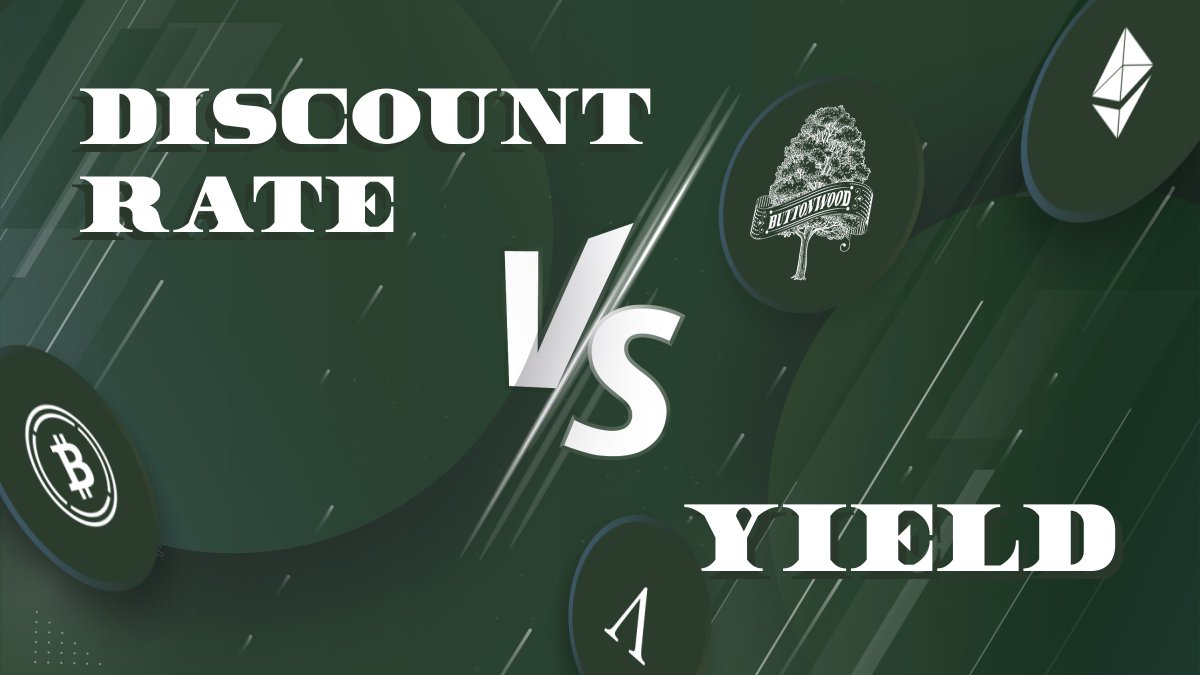
Building DeFi's first Tranche Stablecoin & @Poolside_Party, an AMM for Liquid Staking Tokens.
How to get URL link on X (Twitter) App


 2/ When considering DeFi use cases produced thus far, two stand out as finding product market fit (PMF) and staying power. These are also the first two elements that make up a money market.
2/ When considering DeFi use cases produced thus far, two stand out as finding product market fit (PMF) and staying power. These are also the first two elements that make up a money market.


 2/
2/https://twitter.com/SahilBloom/status/1329458586653757447

 2/
2/https://twitter.com/1414711190257868800/status/1547253837630787585

 2/
2/https://twitter.com/ButtonDeFi/status/1547253837630787585?s=20&t=eC7pSUuWhZQ8O3isAcnQAA


 2/
2/


 2/
2/